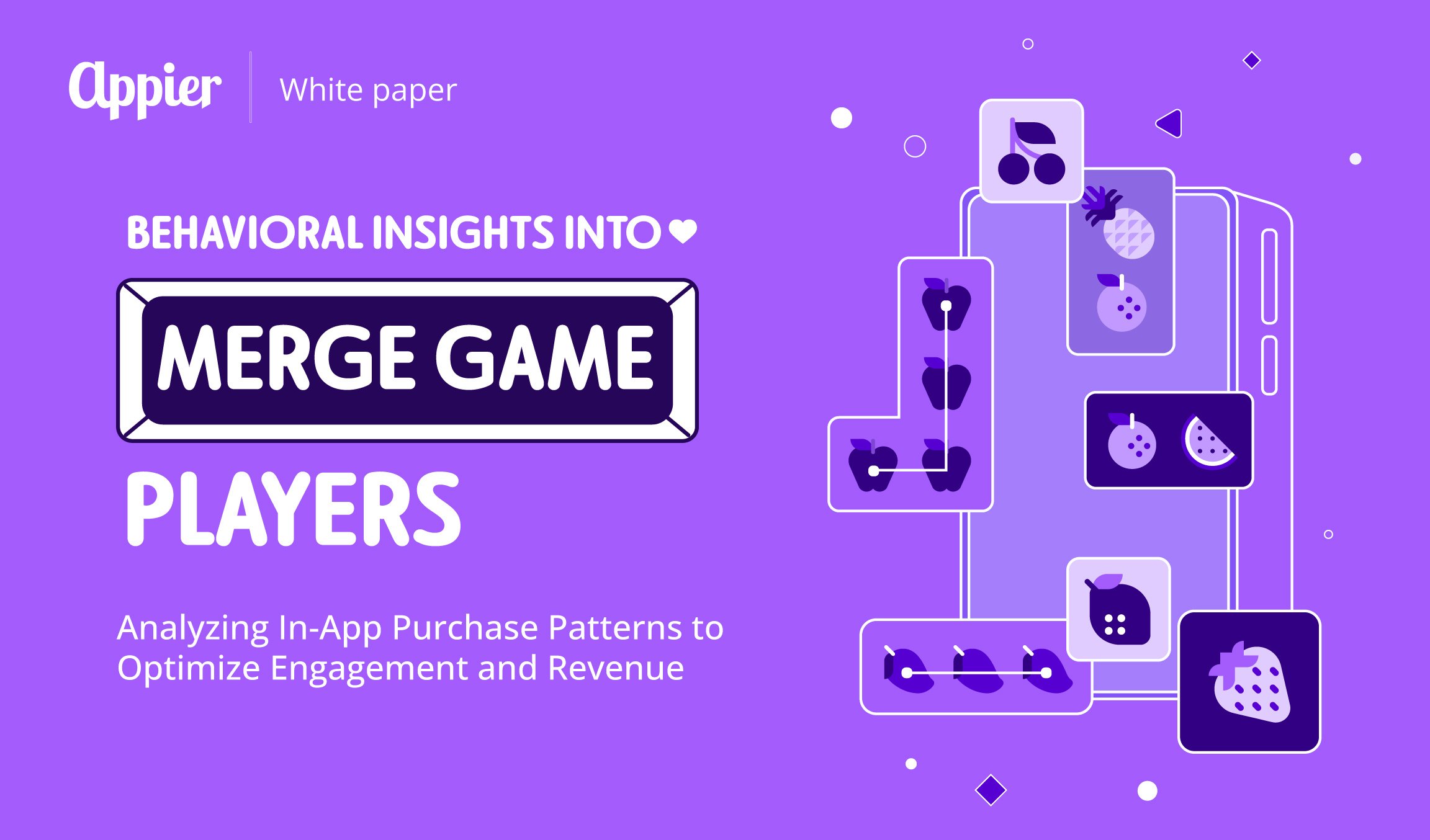4 min read
Contextual targeting is back, and brands are increasingly using it to find and reach today’s digital customers. According to a recent report, the global contextual advertising market is expected to reach over US$166.2 billion by 2025. So, what exactly is contextual targeting, why does it matter, and how can it enhance your advertising efforts?
What Is Contextual Targeting?
Contextual targeting is the practice of displaying ads in the most appropriate context, for example, placing an ad for a beauty product on a fashion website or an ad for running shoes on a health and fitness forum.
Contextual advertising is nothing new. In fact, it has been used in TV and print for years. However, it is now having a resurgence online, primarily influenced by the growing demand for privacy, the General Data Protection Regulation (GDPR), and Google’s scrapping of third party cookies.
There are different types of contextual targeting; category, keyword, and semantic. Category places ads on pages that fall into a pre-defined category, keyword matches them on specific keywords, while semantic targeting, the most advanced, looks at page meaning.
How Is Contextual Targeting Different From Behavioral Targeting?
Contextual targeting involves placing ads by matching keywords, topics, locations and taxonomy. Behavioral targeting, on the other hand, consists of serving adverts to groups of customers with similar browsing patterns, including pages visited, searches, or products purchased.
Let’s take skiing as an example. Behavioral targeting might group customers who had recently purchased skis and had been browsing websites about ski resorts in Japan. It would then serve them up ads for winter clothing or ski goggles when they are online.
By comparison, when using contextual targeting, the sites and blogs related to skiing would display adverts for cold weather wear and ski apparel, regardless of who was visiting the site. The ads would simply be placed based on the relevance of the site’s content.
What Are the Benefits of Contextual Targeting?
Contextual targeting offers multiple benefits to brands and advertisers:
It is highly-relevant
One benefit of contextual targeting is that the ads customers see are always highly relevant to the content they are already looking at. This relevancy means they are more likely to respond positively to an ad, which is more likely to drive a conversion or sale.
It reduces ad fatigue
If a person sees an ad too many times in too many places, it can lead to ad fatigue – especially if it interrupts what they are doing online. Because contextually targeted ads only appear on pages with highly-relevant content, they have fewer impressions, and therefore ad fatigue is less likely to occur.
It is privacy-friendly
Unlike behavioral targeting, which tracks a person’s online behavior using cookies and HTTP requests, contextual targeting keeps the user anonymous. It only uses the content of a webpage, including keywords and topics, to appropriately place ads. This ensures compliance with today’s new privacy regulations and changes.
It heightens brand safety
Brand safety is on every marketer’s mind, and contextual targeting can reduce that risk. By providing a more accurate understanding of what is on a page, ads are less likely to be shown next to sensitive, inappropriate, and potentially brand-damaging content.
How Does Contextual Targeting Work?
Here is how contextual targeting works in three simple steps:
Step 1: Select your keywords or topics
Your keywords and topics determine what kind of content your ads will be placed alongside. Your ads will only show up on sites that include these keywords or topics.
For example, if you were running an ad for a coffee machine, your keywords might be ‘coffee machine’, ‘kitchen appliances’ and ‘kitchen gadgets’. If you were just using topics, you might choose ‘coffee’ or ‘kitchen and home’.
Step 2: Ad platform analyzes potential placements
By using crawlers to analyze the content of potential websites and pages, ad platforms can determine which sites are most relevant to your keywords and topics, and categorize them accordingly.
Many of today’s AI-driven ad platforms go deeper than just keywords and topics. Using natural language processing and deep learning algorithms, they can analyze contextual content such as text, speech, structure, imagery, links, metadata, and geo-location to understand the semantics for more accurate, brand-safe placements.
Step 3: Ad platform serves up relevant ads
When a customer visits a web page, the page content goes to the ad platform. Once received, the platform matches the content with relevant keywords and topics to serve up the most suitable adverts.
Contextual targeting allows you to deliver highly-relevant ads in places where customers are happy to see them. If done right, it can decrease your ad spend and increase your clicks and conversions. For best results, it should be used alongside behavioral targeting, so that you can reach shoppers in different ways at different stages of their journeys.
* Want to know more about contextual targeting? Read our blog post ‘ Why Advertisers Need Contextual Targeting in the Age of Privacy ’. Have a question? Get in touch with our team today.



